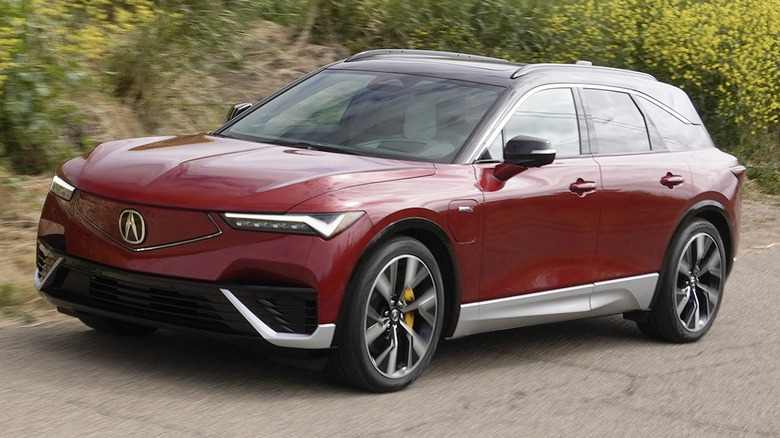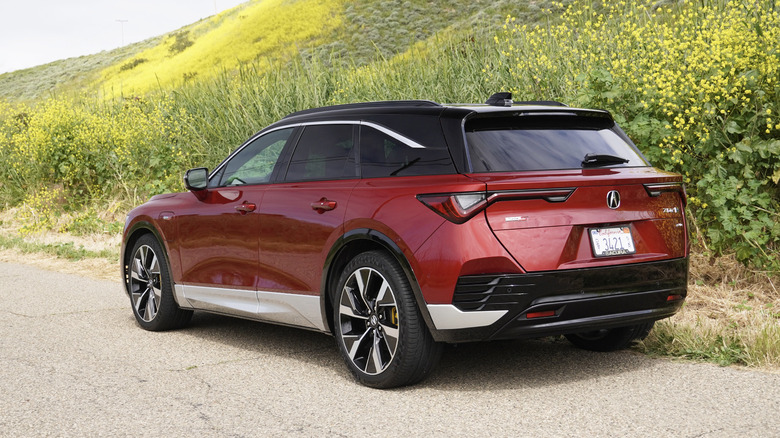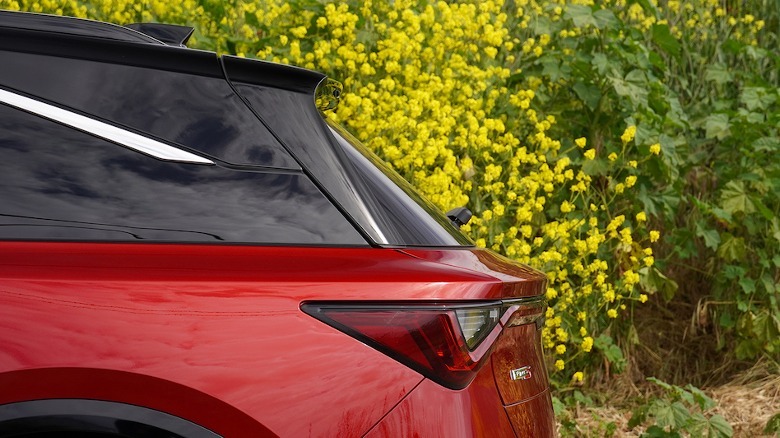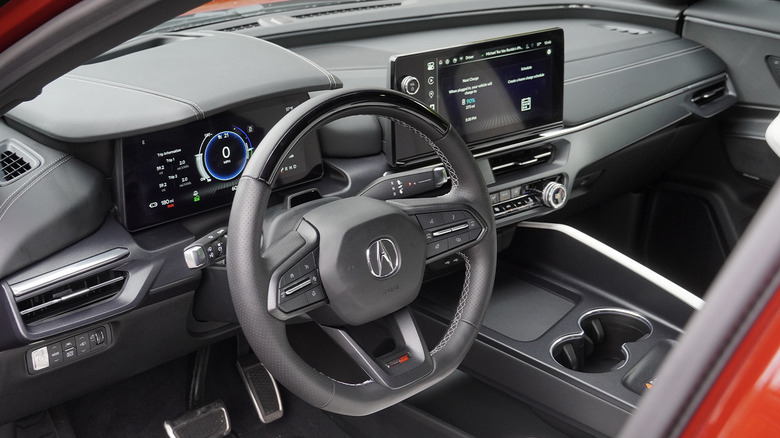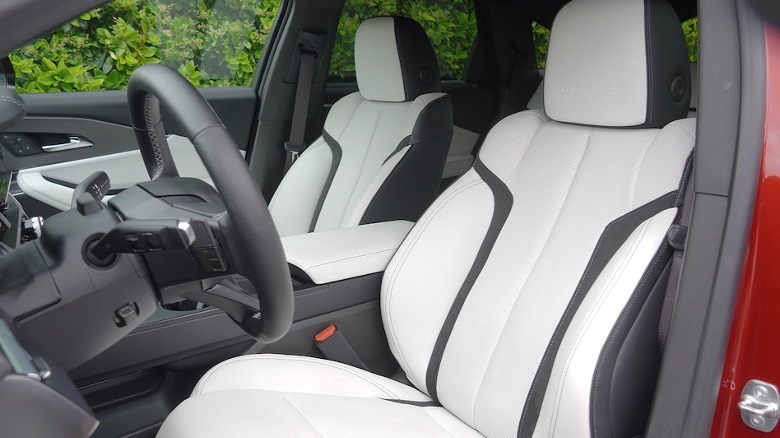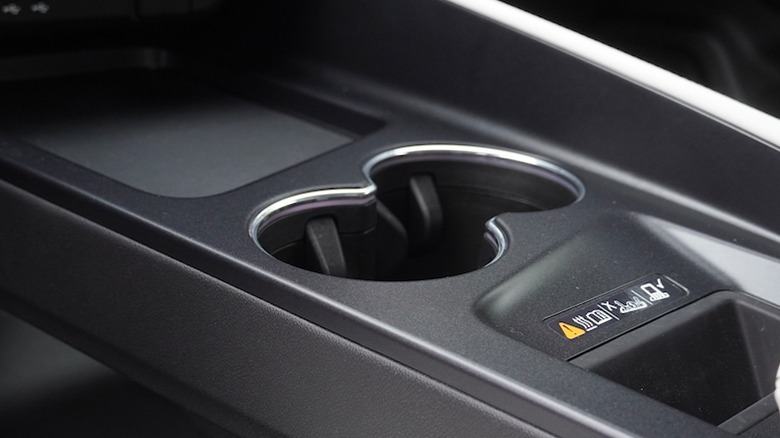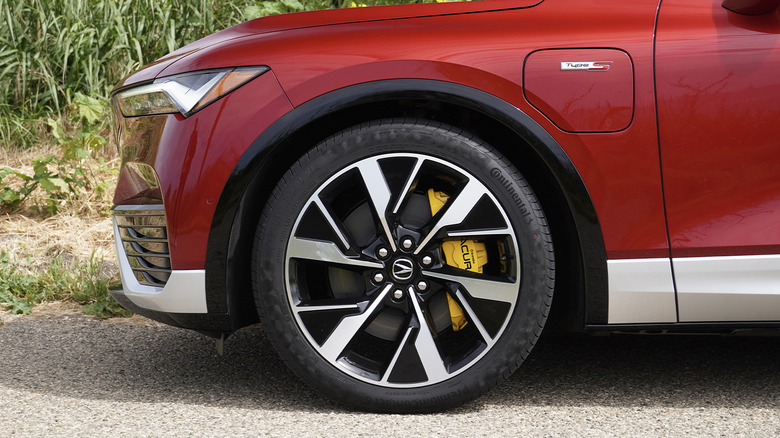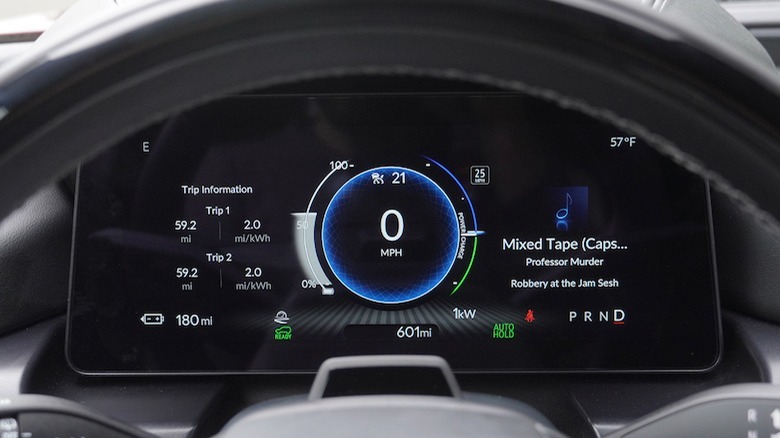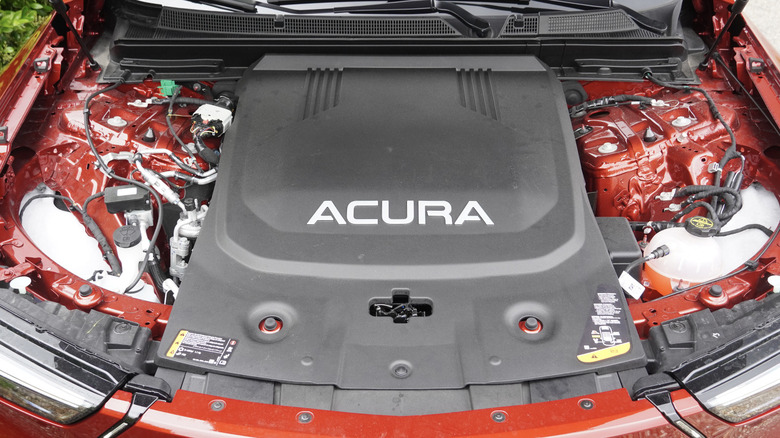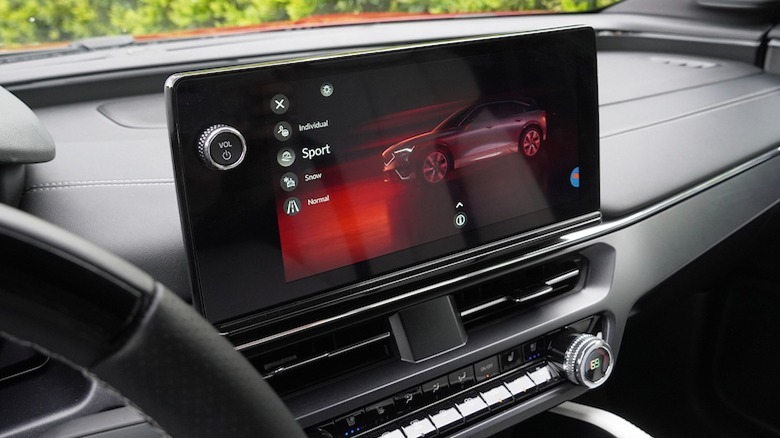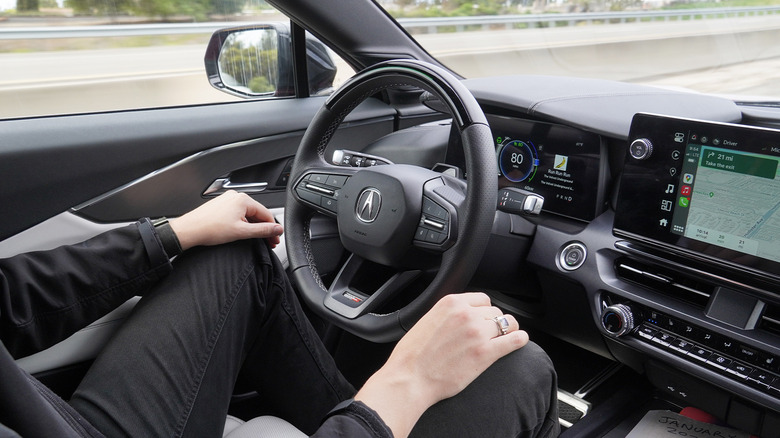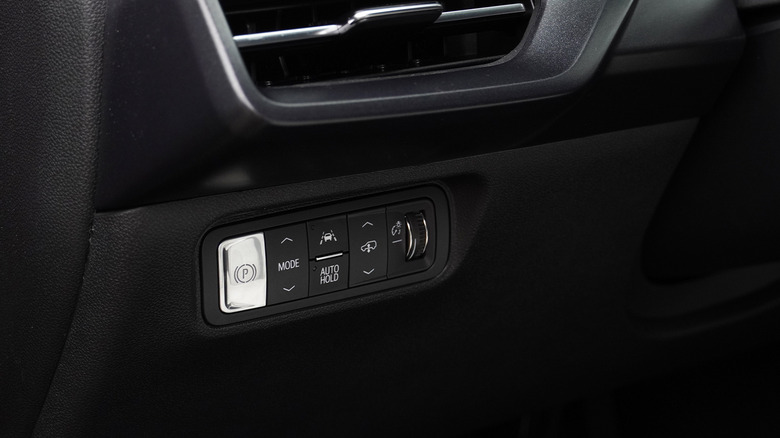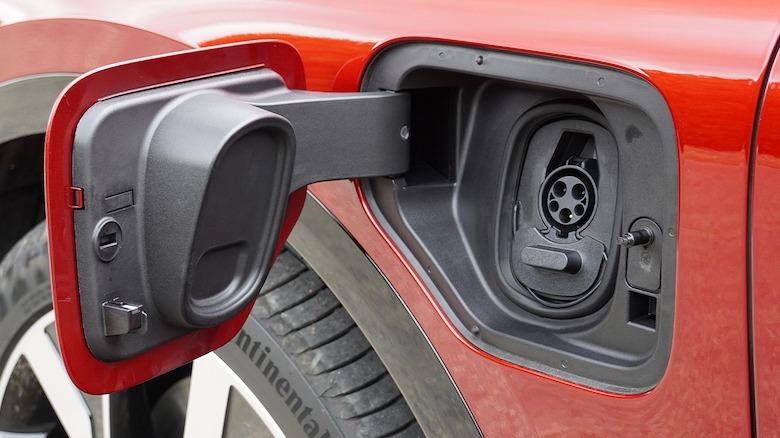2024 Acura ZDX Type S First Drive: The Heavy Price Of Badge Engineering
The new ZDX joins the Acura's lineup for 2024 as the luxury version of the first-ever Honda EV built for the American market. But despite marking a major milestone for Honda and Acura simultaneously, the Prologue and ZDX siblings enter the EV market primed to absolutely baffle fans of either brand, because beneath the disparate designs, both build on the platform of a General Motors EV.
Yeah, that General Motors EV, the Ultium platform perhaps best known lately for the Blazer EV debacle that resulted in widespread issues frequent enough that Chevy issued a stop-sale order late in 2023. Now, the Blazer EV has re-launched, at a much lower price point, and Honda and Acura hope to compete directly against the original. And yet, adding fuel to the fire of confusion, Honda has already confirmed that the Ultium partnership agreement will not extend past the Prologue and ZDX's first generation.
Clearly a stopgap, then, and as our time with the 2024 Honda Prologue made clear, not one without issues, at that. But the ZDX is here, now, and a large group of media wound up invited for a test drive over and through the stunning coastal mountain ranges near Santa Barbara to learn whether the Acura deserves a rightful place in the expanding crossover EV segment.
Testing a temporary experiment
Montecito, Hollister Ranch, and Los Olivos should provide the perfect proving grounds for learning whether this oddball Acura experiment deserved an early retirement. And the numbers, the first time I glanced at the spec sheet, aren't all bad! In Type S trim, the ZDX pumps out 499 horsepower and 544 lb-ft of torque, with up to 278 miles of range available thanks to a 102-kilowatt-hour battery pack. Up to 190 kW DC fast charging is supported.
Acura's design, on the other hand, leaves a lot on the table. Similar to the latest Civic and Integra siblings, somehow Acura came out on the short end of the design stick. Where the pleasing Prologue simplifies the stylized lines of the Blazer EV profile, Acura doubled down with a more beaky front for the long hood, some chintzy silver plastic side skirts, and a peculiar ducktail rear end highlighted by a descending line of chrome to camouflage the massive D-pillar.
Questionable exterior, disappointing interior
Due to the lengthened washlines, the ZDX Type S appears to ride lower than the Blazer or Prologue, perhaps due to adjustable suspension that lowers when parked. Climbing in, I fit just fine, as expected of a skateboard EV chassis supporting a large-ish crossover canopy. Less so for my unfortunate drive partner, at 6'8" with legs longer than the Golden Gate Bridge, who needed to recline the driver's seat significantly to help his head clear the panoramic sunroof that comes standard on the Acura as a nod to its luxury positioning.
But luxury otherwise seems scant within the cockpit, other than that sunroof or arguably the seat upholstery. Simply put, the rest of the interior feels like it comes straight from the General. Plastic trim for the center console and dash decor—though not glossy piano black, thankfully—approaches airline armrest textures.
Storage compartments and cubbies lack soft-grip rubber, so phones and pens and cameras slide around chattering constantly. Even the door trim—confirmed as truly, actually, verifiably aluminum—still looks and feels 100% synthetic.
I have become comfortably numb
Well, you might be thinking, surely Acura zhuzhed up the driving dynamics, even if the interior emerged straight from a GM plant, right? After driving an Integra Type S up to Montecito for the ZDX drive program, perhaps being so attuned to suspension and steering will come across as a bit harsh. But then again, I drove the new 2024 Chevrolet Traverse the very next day and, looking back, I struggle to discount the strong similarities.
The ZDX's steering, in particular, lacks the kind of direct engagement that the Integra nails. Instead, the thick rim, mild flat bottom, and lack of feedback all match the Blazer EV and, to an extent, the Traverse RS. Larger wheels with optional Continental sport tires might make for a slight difference, but I suspect that the rafting chassis and firm suspension provided a square enough setup that Acura simply struggled to move past. At least some visible pieces of sound deadening, including two slipped on top of the wheel front wheel wells, help to maintain a serene cabin.
The Chevy comparisons here aren't all bad, either. For a commuter EV, the ZDX lands in a middle-ground between sporty and smooth, with a level of compliance that absorbs all but the very worst potholes with aplomb. Without pushing the chassis toward the limit of tire traction, nothing will likely seem out of whack to an Acura customer—since the Acura customer probably doesn't cross-shop the ZDX against a Blazer EV anyway.
A quick push into canyons in the name of science
But with so much electric torque available at my right foot, I felt incentivized to see what Acura's engineers might have been able to squeeze out of a General Motors badge-engineering job. Punching the go pedal can easily bring up a hint of tire chirp at low speeds, especially with the steering wheel turned at all, and though launches lack some of the raw punch of other EVs, the ZDX keeps pulling hard well up into the 60 or 70 mph range. The brakes manage a subtle interplay between regen and actual pad bite at low speeds, and when demanded can haul this heavy EV to a stop without much fanfare.
Turning, then, into either a corner or rounding a wide sweeper demonstrates the ZDX's clearcut GM underpinnings. Yes, the all-wheel-drive system helps to compensate for the selection of less-than-ideal Continentals. But the tires begin to protest almost immediately while struggling to prevent so much heft from continuing in a straight line. Stay in the torque, though, and the traction control programming simply brings all such suggestions to a quick and uneventful stop. We tried, we turned, and we sighed—before punching hard back out onto a straightaway.
Getting up to no good in the ZDX will probably not fit into the real-world application of most luxury EV buyers, I'll readily admit. But amid the numbness, I missed the pizzaz of my Integra, despite the Type S badging on the back of this electric crossover. Instead, ZDX buyers can expect day-to-day driving with little in the way of engagement. Do Acura buyers want that? Especially at such a premium price point?
Chevy shines through, in an Acura
In the end, everything best about the ZDX also applies to the Blazer EV. The Google Built-In system works quite well and connects to CarPlay quickly after every power cycle. Super Cruise... er... whatever Acura calls it (Honda Hands Free Cruise) works just fine on long, straight roads other than the newfound tendency to change back and forth lanes randomly. At least this one lacked all the spontaneous emergency braking of a Super Cruisin' Escalade V I recently drove. But even the buttons for drive modes, ride height, and the parking brake carry over straight from GM vehicles.
Over the course of a short driving day, the ZDX's range estimate seemed fairly accurate despite plenty of scientific launches and constantly pumping air conditioning. And therein probably lies the ZDX's main goal, a similar target that Chevrolet hopes to achieve with the Blazer EV or Cadillac aims for with the Lyriq, and that Honda and Acura now need to pray the Prologue and ZDX can accomplish: Namely, making the transition to electrification seem like less of a mental shift for hesitant buyers. Hence the low-toned faux noises under hard acceleration or during low-speed parking lot maneuvers. And the driving dynamics of a commuter crossover, more than a sporty Type S.
Trying to convert more EV holdouts
At this late date in 2024, the question remains whether the ZDX (and Prologue) will live up to the task of enticing EV buyers. Remember that Tesla delivered the Model S more than 12 years ago with 260 miles of range, punchy low-end torque, and an expanding network of charge stations that actually function most of the time. The fact that Honda and Acura can be so far behind, desperate enough to need to source an EV from General Motors—in a bizarre bout of badge engineering that won't last past an initial trimester—comes across as a sad state of affairs.
It begs more uncomfortable questions, too. Will ZDX owners end up needing to get their cars serviced at GM dealerships once Acura, comes out with an in-house EV? How will residuals fare once Honda's next go-round–on its own EV architecture? The whole situation seems similar to the BMW/Toyota Z4/Supra or the Toyota/Subaru bz4X/Solterra situations, just worse. Almost a Cybertruck-level snafu, even, after Musk admitted the mistake and then plowed forward to production regardless.
Toyota demanded better from BMW for the Supra. Did Acura do the same with General Motors, only to find that better simply couldn't happen? The number of Supras on the road versus Z4s provides hope, but in that regard, I struggle to imagine many buyers picking a ZDX Type S at $74,745 over the more attractive, more affordable Prologue. And I'd be tempted to put that in writing even if the price points matched precisely.
